
 Definition of Substance Abuse
Definition of Substance Abuse
Substance abuse: The excessive use of a substance, especially alcohol or a drug. (There is no universally accepted definition of substance abuse.)
A definition of substance abuse that is frequently cited is that in DSM-IV, the fourth edition of the Diagnostic and Statistical Manual of Mental Disorders (DSM) issued by the American Psychiatric Association. The DSM-IV definition is as follows:
- A. A maladaptive pattern of substance use leading to clinically significant impairment or distress, as manifested by one (or more) of the following, occurring within a 12-month period:
1. Recurrent substance use resulting in a failure to fulfill major role obligations at work, school, or home (e.g., repeated absences or poor work performance related to substance use; substance-related absences, suspensions or expulsions from school; neglect of children or household)
2. Recurrent substance use in situations in which it is physically hazardous (e.g., driving an automobile or operating a machine when impaired by substance use)
3. Recurrent substance-related legal problems (e.g., arrests for substance-related disorderly conduct
4. Continued substance use despite having persistent or recurrent social or interpersonal problems caused or exacerbated by the effects of the substance (e.g., arguments with spouse about consequences of intoxication, physical fights)
- B. The symptoms have never met the criteria for Substance Dependence for this class of substance.
Drug Abuse and Addiction
Many people do not understand why individuals become addicted to drugs or how drugs change the brain to foster compulsive drug abuse. They mistakenly view drug abuse and addiction as strictly a social problem and may characterize those who take drugs as morally weak. One very common belief is that drug abusers should be able to just stop taking drugs if they are only willing to change their behavior. What people often underestimate is the complexity of drug addiction-that it is a disease that impacts the brain and because of that, stopping drug abuse is not simply a matter of willpower. Through scientific advances we now know much more about how exactly drugs work in the brain, and we also know that drug addiction can be successfully treated to help people stop abusing drugs and resume their productive lives.
Addiction is a chronic, often relapsing brain disease that causes compulsive drug seeking and use despite harmful consequences to the individual that is addicted and to those around them. Drug addiction is a brain disease because the abuse of drugs leads to changes in the structure and function of the brain. Although it is true that for most people the initial decision to take drugs is voluntary, over time the changes in the brain caused by repeated drug abuse can affect a person’s self control and ability to make sound decisions, and at the same time send intense impulses to take drugs.
It is because of these changes in the brain that it is so challenging for a person who is addicted to stop abusing drugs. Fortunately, there are treatments that help people to counteract addiction’s powerful disruptive effects and regain control. Research shows that combining addiction treatment medications, if available, with behavioral therapy is the best way to ensure success for most patients. Treatment approaches that are tailored to each patient’s drug abuse patterns and any co-occurring medical, psychiatric, and social problems can lead to sustained recovery and a life without drug abuse.
Similar to other chronic, relapsing diseases, such as diabetes, asthma, or heart disease, drug addiction can be managed successfully. And, as with other chronic diseases, it is not uncommon for a person to relapse and begin abusing drugs again. Relapse, however, does not signal failure-rather, it indicates that treatment should be reinstated, adjusted, or that alternate treatment is needed to help the individual regain control and recover.
What happens to your brain when you take drugs?
Drugs are chemicals that tap into the brain’s communication system and disrupt the way nerve cells normally send, receive, and process information. There are at least two ways that drugs are able to do this: (1) by imitating the brain’s natural chemical messengers, and/or (2) by over stimulating the “reward circuit” of the brain.
Some drugs, such as marijuana and heroin, have a similar structure to chemical messengers, called neurotransmitters, which are naturally produced by the brain. Because of this similarity, these drugs are able to “fool” the brain’s receptors and activate nerve cells to send abnormal messages.
Other drugs, such as cocaine or methamphetamine, can cause the nerve cells to release abnormally large amounts of natural neurotransmitters, or prevent the normal recycling of these brain chemicals, which is needed to shut off the signal between neurons. This disruption produces a greatly amplified message that ultimately disrupts normal communication patterns.
Nearly all drugs, directly or indirectly, target the brain’s reward system by flooding the circuit with dopamine. Dopamine is a neurotransmitter present in regions of the brain that control movement, emotion, motivation, and feelings of pleasure. The overstimulation of this system, which normally responds to natural behaviors that are linked to survival (eating, spending time with loved ones, etc), produces euphoric effects in response to the drugs. This reaction sets in motion a pattern that “teaches” people to repeat the behavior of abusing drugs.
As a person continues to abuse drugs, the brain adapts to the overwhelming surges in dopamine by producing less dopamine or by reducing the number of dopamine receptors in the reward circuit. As a result, dopamine’s impact on the reward circuit is lessened, reducing the abuser’s ability to enjoy the drugs and the things that previously brought pleasure. This decrease compels those addicted to drugs to keep abusing drugs in order to attempt to bring their dopamine function back to normal. And, they may now require larger amounts of the drug than they first did to achieve the dopamine high-an effect known as tolerance.
Long-term abuse causes changes in other brain chemical systems and circuits as well. Glutamate is a neurotransmitter that influences the reward circuit and the ability to learn. When the optimal concentration of glutamate is altered by drug abuse, the brain attempts to compensate, which can impair cognitive function. Drugs of abuse facilitate no conscious (conditioned) learning, which leads the user to experience uncontrollable cravings when they see a place or person they associate with the drug experience, even when the drug itself is not available. Brain imaging studies of drug-addicted individuals show changes in areas of the brain that are critical to judgment, decision-making, learning and memory, and behavior control. Together, these changes can drive an abuser to seek out and take drugs compulsively despite adverse consequences-in other words, to become addicted to drugs.
Why do some people become addicted, while others do not?
No single factor can predict whether or not a person will become addicted to drugs. Risk for addiction is influenced by a person’s biology, social environment, and age or stage of development. The more risk factors an individual has, the greater the chance that taking drugs can lead to addiction. For example:
- Biology. The genes that people are born with-in combination with environmental influences-account for about half of their addiction vulnerability. Additionally, gender, ethnicity, and the presence of other mental disorders may influence risk for drug abuse and addiction.
- Environment. A person’s environment includes many different influences-from family and friends to socioeconomic status and quality of life in general. Factors such as peer pressure, physical and sexual abuse, stress, and parental involvement can greatly influence the course of drug abuse and addiction in a person’s life.
- Development. Genetic and environmental factors interact with critical developmental stages in a person’s life to affect addiction vulnerability, and adolescents experience a double challenge. Although taking drugs at any age can lead to addiction, the earlier that drug use begins, the more likely it is to progress to more serious abuse. And because adolescents’ brains are still developing in the areas that govern decision-making, judgment, and self-control, they are especially prone to risk-taking behaviors, including trying drugs of abuse.
Drug addiction is a preventable disease. Results from NIDA-funded research have shown that prevention programs that involve the family, schools, communities, and the media are effective in reducing drug abuse. Although many events and cultural factors affect drug abuse trends, when youths perceive drug abuse as harmful, they reduce their drug taking. It is necessary, therefore, to help youth and the general public to understand the risks of drug abuse and for teachers, parents, and healthcare professionals to keep sending the message that drug addiction can be prevented if a person never abuses drugs.
Source: National Institute on Drug Abuse




 Why Anger Management Skills are Important to your Health
Why Anger Management Skills are Important to your Health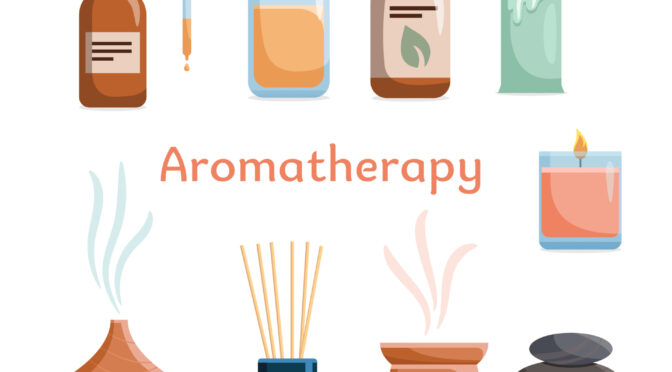
 Aromatherapy uses aromatic essential oils medicinally to improve the health of the body, mind, and spirit. It enhances both physical and emotional health, we recommed
Aromatherapy uses aromatic essential oils medicinally to improve the health of the body, mind, and spirit. It enhances both physical and emotional health, we recommed 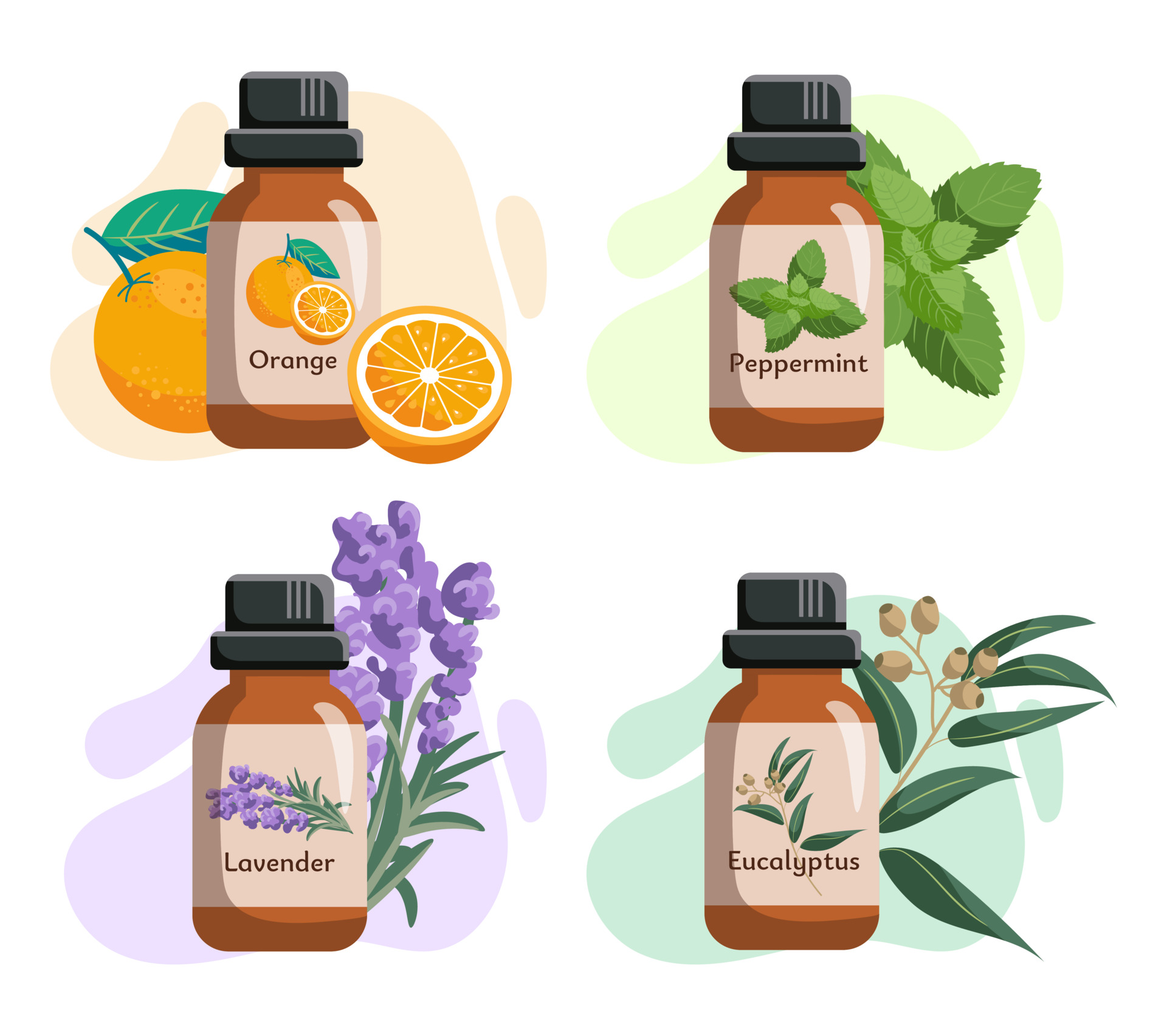
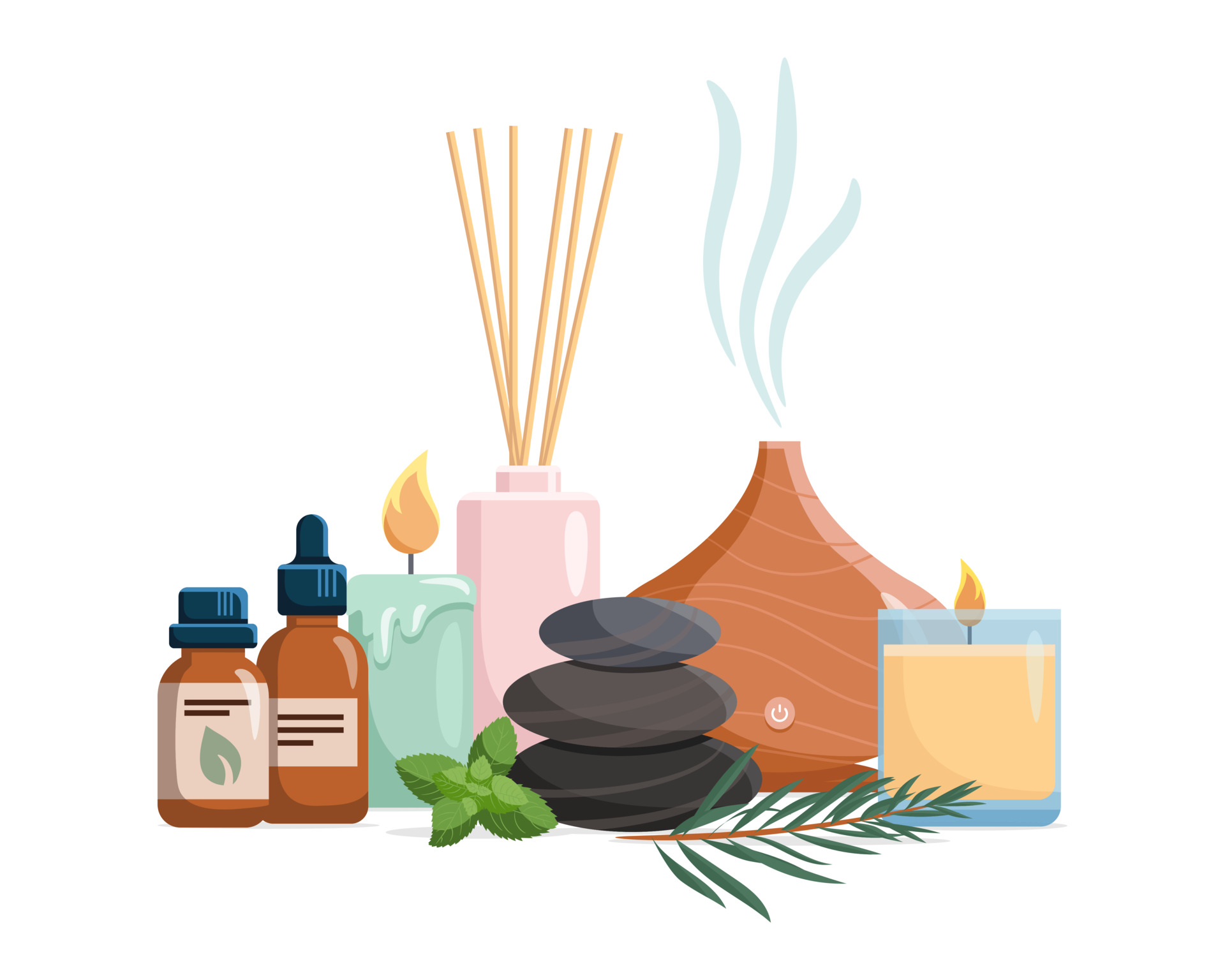 he 19th century and focused on using chemical drugs. However, the French and German doctors still recognized the role of natural botanicals in treating illness.
he 19th century and focused on using chemical drugs. However, the French and German doctors still recognized the role of natural botanicals in treating illness.
 Smoking Kills
Smoking Kills






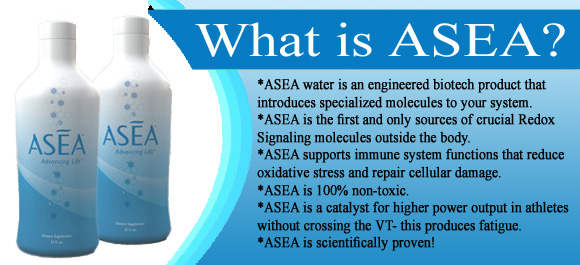
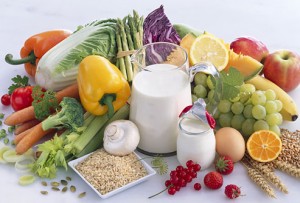 Here are some nutritional ingredients that are good for you:
Here are some nutritional ingredients that are good for you: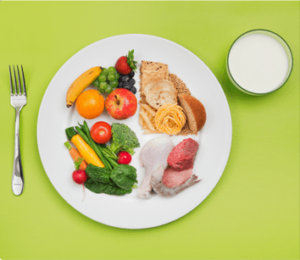 diseases. One example is lycopene, normally found in tomatoes. Lycopene, as well as other anti-oxidants can be added to regular foods, turning them into super-healthy functional foods.
diseases. One example is lycopene, normally found in tomatoes. Lycopene, as well as other anti-oxidants can be added to regular foods, turning them into super-healthy functional foods.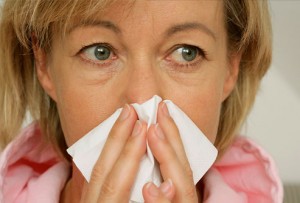 As spring arrives and everything around us starts blooming, not one person can remain untouched by the wonder and beauty of Mother Nature. However, for many unfortunate people spring brings not just enjoyment and happiness but also seasonal allergies. In a nutshell, allergy is an adverse reaction of human immune system to foreign substances (called allergens) which can lead to many symptoms ranging from coughing, sneezing, runny nose and scratchy throat to hives, difficulty breathing, drop in blood pressure, and even anaphylactic death. While people can suffer from different kinds of allergies (food, pets, latex, drug, insects, etc.), seasonal allergy is the most prevalent kind. In fact, as many as 40 million Americans suffer from seasonal allergies; and the number keeps growing due to such factors as climate change and environmental pollution.
As spring arrives and everything around us starts blooming, not one person can remain untouched by the wonder and beauty of Mother Nature. However, for many unfortunate people spring brings not just enjoyment and happiness but also seasonal allergies. In a nutshell, allergy is an adverse reaction of human immune system to foreign substances (called allergens) which can lead to many symptoms ranging from coughing, sneezing, runny nose and scratchy throat to hives, difficulty breathing, drop in blood pressure, and even anaphylactic death. While people can suffer from different kinds of allergies (food, pets, latex, drug, insects, etc.), seasonal allergy is the most prevalent kind. In fact, as many as 40 million Americans suffer from seasonal allergies; and the number keeps growing due to such factors as climate change and environmental pollution.
 chatting with friends and suddenly you realize that you heard this conversation before. You know exactly where the discussion is leading too and what will be said. Or you visit a place for the first time and that feeling comes over you that you have been there before. It’s not surprising if you are also one of the 70% of the people who claim to have gone through what some would considered a bizarre experience. The reasons and why this happens is a mystery that still continues to go through numerous theories and studies by and between several groups of people. Psychoanalysts explain this as a method of fantasy fulfillment while Psychiatrists describe it as a short circuit occurring in the brain when an event makes its way into the memory, just a split second before you become mentally aware of the event.
chatting with friends and suddenly you realize that you heard this conversation before. You know exactly where the discussion is leading too and what will be said. Or you visit a place for the first time and that feeling comes over you that you have been there before. It’s not surprising if you are also one of the 70% of the people who claim to have gone through what some would considered a bizarre experience. The reasons and why this happens is a mystery that still continues to go through numerous theories and studies by and between several groups of people. Psychoanalysts explain this as a method of fantasy fulfillment while Psychiatrists describe it as a short circuit occurring in the brain when an event makes its way into the memory, just a split second before you become mentally aware of the event.

 Summer and Beach- What to Wear and How to Protect Yourself from the Sun!
Summer and Beach- What to Wear and How to Protect Yourself from the Sun! and oversized sunglasses are in. Also, the color of your sunglasses can vary widely from pink, yellow, and blue to classic grey, black, and brown. Gradient lenses are also popular in 2012. Also, to better protect yourself from relentless sun, bring a brimmed hat or at least a cap. Floppy wide-brimmed hats seem to be all the rage this season. For leisurely strolls along the beach, bring along a cover-up such as chiffon skirt, sarong, or wrap; and for a man, light t-shirt always works well. You can also improve your beach look by playing with your footwear. Instead of plain and boring flip-flops, choose sandals decorated with beads, rhinestones, or appliqués for a true fashion statement.
and oversized sunglasses are in. Also, the color of your sunglasses can vary widely from pink, yellow, and blue to classic grey, black, and brown. Gradient lenses are also popular in 2012. Also, to better protect yourself from relentless sun, bring a brimmed hat or at least a cap. Floppy wide-brimmed hats seem to be all the rage this season. For leisurely strolls along the beach, bring along a cover-up such as chiffon skirt, sarong, or wrap; and for a man, light t-shirt always works well. You can also improve your beach look by playing with your footwear. Instead of plain and boring flip-flops, choose sandals decorated with beads, rhinestones, or appliqués for a true fashion statement. Testosterone, it’s a natural substance with a colorful history and now its synthetic equivalent is a powerful moneymaker for the pharmaceutical industry. The television commercials for testosterone gel are ubiquitous. They go something like this: a middle-aged male, somewhere between ages 46 and 55, can barely drag himself out of bed. He shuffles through his day at the office while the younger men around him appear to skip down the halls. He has no energy for a pick-up game of basketball or handball or tennis. He has no appetite for drinks after work and forget dinner, dancing or sex with the wife. And of course, he’s depressed. Who wouldn’t be? But all it takes is a little testosterone gel and voila, he’ll soon dance the night away, work around the clock, and be a tiger in the bedroom. The Mighty “T” has come out of the illicit steroid trade of sports and into the mainstream of men’s health care.
Testosterone, it’s a natural substance with a colorful history and now its synthetic equivalent is a powerful moneymaker for the pharmaceutical industry. The television commercials for testosterone gel are ubiquitous. They go something like this: a middle-aged male, somewhere between ages 46 and 55, can barely drag himself out of bed. He shuffles through his day at the office while the younger men around him appear to skip down the halls. He has no energy for a pick-up game of basketball or handball or tennis. He has no appetite for drinks after work and forget dinner, dancing or sex with the wife. And of course, he’s depressed. Who wouldn’t be? But all it takes is a little testosterone gel and voila, he’ll soon dance the night away, work around the clock, and be a tiger in the bedroom. The Mighty “T” has come out of the illicit steroid trade of sports and into the mainstream of men’s health care. Let’s not beat around the bush, talking about herpes with a prospective lover isn’t appealing. In fact, it would be easier, and a lot more fun, to admit you’re a vampire; at least you could put in a Twilight DVD and enjoy some popcorn together. But here you are, no popcorn, no movie, no sexy vampire scenes just you introducing a person you find attractive to a secret you find upsetting.
Let’s not beat around the bush, talking about herpes with a prospective lover isn’t appealing. In fact, it would be easier, and a lot more fun, to admit you’re a vampire; at least you could put in a Twilight DVD and enjoy some popcorn together. But here you are, no popcorn, no movie, no sexy vampire scenes just you introducing a person you find attractive to a secret you find upsetting. The holiday season is fast approaching and everybody is looking forward to spending time with their families and friends, exchanging gifts, rejoicing in their fortunes and, best of all, eating delicious holiday fare. Unfortunately, all good things come with the price. One of the biggest drawbacks of the holidays is that most people experience some weight gain during this time. Popular belief holds that an average person gains anywhere from 5 to 10 pounds during the holidays. However, the studies conducted by the National Institute of Health have shown that, on average, people gain around 1 to 2 pounds during this period. While you might think that 1-2 pounds weight gain does not amount to much, the real problem is that these pounds stick- for ever. Over the years, the gradual weight gain might translate into real problems such as diabetes, heart disease, obesity, and such. However, with some discipline and determination, you can enjoy all the parties without sacrificing your figure. All you have to do is follow these 5 easy rules.
The holiday season is fast approaching and everybody is looking forward to spending time with their families and friends, exchanging gifts, rejoicing in their fortunes and, best of all, eating delicious holiday fare. Unfortunately, all good things come with the price. One of the biggest drawbacks of the holidays is that most people experience some weight gain during this time. Popular belief holds that an average person gains anywhere from 5 to 10 pounds during the holidays. However, the studies conducted by the National Institute of Health have shown that, on average, people gain around 1 to 2 pounds during this period. While you might think that 1-2 pounds weight gain does not amount to much, the real problem is that these pounds stick- for ever. Over the years, the gradual weight gain might translate into real problems such as diabetes, heart disease, obesity, and such. However, with some discipline and determination, you can enjoy all the parties without sacrificing your figure. All you have to do is follow these 5 easy rules. , avoid fatty sauces and go for oil-and-vinegar based dressings. Divide the remaining half of the plate into two parts and fill one part with proteins such as lean meats, fish, and beans; fill the remaining part with something starchy.
, avoid fatty sauces and go for oil-and-vinegar based dressings. Divide the remaining half of the plate into two parts and fill one part with proteins such as lean meats, fish, and beans; fill the remaining part with something starchy.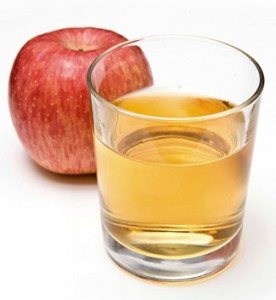 Arsenic and apple juice. Not words you like to see in the same sentence.There has been publicity recently over the amount of arsenic in the apple juice that many children drink. But the Food and Drug Administration has every confidence in
Arsenic and apple juice. Not words you like to see in the same sentence.There has been publicity recently over the amount of arsenic in the apple juice that many children drink. But the Food and Drug Administration has every confidence in For an individual with either type-1 or type-2 diabetes, the threat of hypoglycemia — commonly known as low blood glucose — is constant. Blood-sugar levels that drop too low present a variety of health risks, and exercise can cause blood-glucose levels to drop in both diabetics and those without diabetes. When exercising, it’s important to understand the relationship between physical activity, food intake and hypoglycemia.
For an individual with either type-1 or type-2 diabetes, the threat of hypoglycemia — commonly known as low blood glucose — is constant. Blood-sugar levels that drop too low present a variety of health risks, and exercise can cause blood-glucose levels to drop in both diabetics and those without diabetes. When exercising, it’s important to understand the relationship between physical activity, food intake and hypoglycemia.